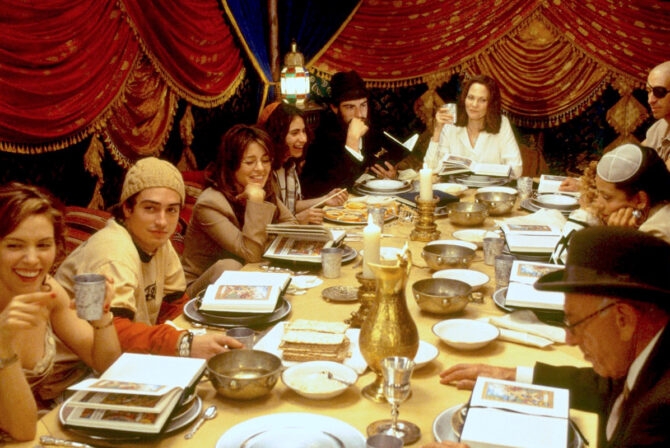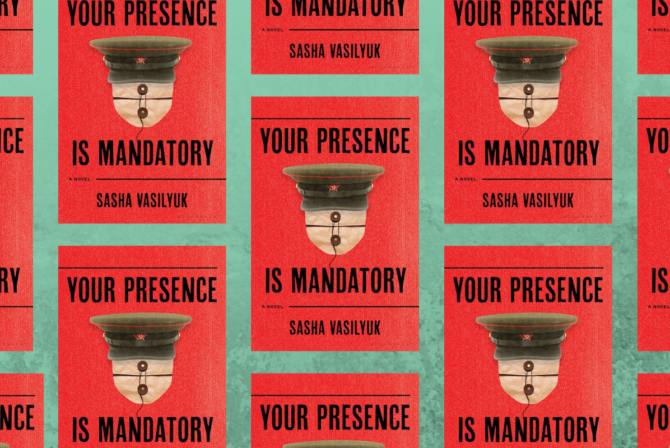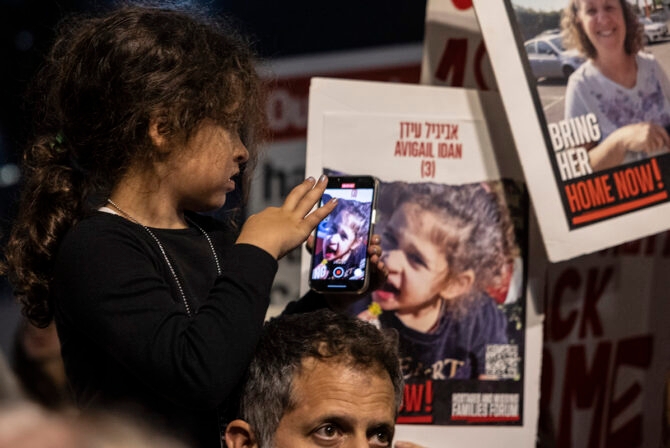Last week, Emily shared her story about deciding to become a single mother by choice. Today she tells us about another important decision: choosing the donor.
If you get option anxiety from wading through the pages of Jdate or Match.com, I suggest you call in reinforcements if you ever decide to get pregnant using donor sperm.
There are many cyrobanks, as they are called, with huge databases of men who have donated their sperm (“donated” for money, to be clear) for the cause of people who want to have babies but, for one reason or another, lack sperm. In my case, I lack sperm because I lack a man–for the moment! Choosing donor sperm is apparently a major sticking point for many women who consider becoming single mothers by choice. I’ve heard tales of women who spend a year or more trying to choose a donor.
I promised myself, when I heard these stories, that I wasn’t going to let the process of choosing a donor snag me. First, I considered asking someone I knew. This seemed like an obvious possibility. I don’t currently have a partner, but I do know men, and some of them are wonderful. I had a short list of contenders and fantasized about what asking them for their sperm would be like. One night, I was out for drinks with a friend who had made the short list (which was really mostly a tall list) and I told him what I was planning. He was very excited for me and curious about the process of choosing a donor.
“Well,” I told him, “I’m considering asking someone I know–and you’ve made the list.”
“Wow!” he replied, “have you noticed that I’m short?” I had noticed that he’s short and he was the only short guy on the list (not that I have anything against short guys, but I figured, if I’m choosing a man for his DNA, he might as well be tall). I explained to him that the fact that he is incredibly smart, kind, and talented trumped his height. He is also very good looking and has very old grandparents, important things to consider.
Our subsequent conversation sealed the deal, however, on my resolve to choose an anonymous donor versus someone I know. He had all sorts of questions about his involvement with the child. “What if I want to be involved?” he asked. “What if you need money?” “What if I need money?” He was asking such thoughtful questions and I realized that, for me, using a known donor would be like creating a mini-divorce without the fun preamble. I thanked him for his honesty and threw myself into the cryobank sites.
I decided on a list of attributes that I wanted the donor to have: tall, smart, very good at math (because I’m more of a words person), musical, and brown haired. He also had to have certain medical attributes–in particular, I learned that I am CMV negative (which I keep calling CRV negative, only to be reminded that CMV is a virus, unlike CRV, which is a car) so I needed a donor who is CMV negative, which is hard to come by. I was also set on choosing a donor who is “open,” which means that when my child turns 18 she or he can contact and possibly learn more about him.
I debated about whether or not to choose a donor who I found really attractive, too. I decided this was not an important factor after spending an afternoon examining profiles of men who looked like ex-boyfriends and ex-crushes. I also considered choosing a Jewish donor. After all, why not keep it in the tribe? But, then I thought about my belief that, when possible, mixing the gene pool is a good idea. I also thought about all of the reasons why I’d enjoy finding a partner who is Jewish–cultural common ground, shared history, neurosis, doting parents–and I realized these are not things I need to have in common with the man whose DNA I am purchasing.
Even with all of these options addressed and sorted out, I was struggling with my donor search. I found one donor who I really liked–cute, arsty, smart, tall–but there were a few problems. He seemed very arrogant in his interviews (you can actually hear the donor being interviewed on a number of topics by someone at the cryobank) and he already had a whopping 25 reported offspring. The cryobanks set limits on the number of offspring a donor is allowed to have before they cut them from the program, but I had been told that these “reported” numbers are just that; they are reported. That means there may be another 50 (or more) babies out there who are not reported. I tried to convince myself that I didn’t care about this number, but realized that, overall, it really did bother me. I recognize that there is a high likelihood that my child will have a couple of half-siblings out there, but already knowing that there would be at least 25 was more than I could stomach. So, goodbye to donor #45068.
And hello, Mom! That’s right, option anxiety got the better of me and I ultimately called in the best researcher I know–and the person as invested in this process as I am–my mom. She had been itching to look at the databases since I had started my search and I think she was really excited to jump into the donor cyber world. I asked my mom to narrow the search to her top 10 and I would choose from among those. She chose 11, and, from that group, came my donor.
He is pretty amazing: 6’0, brown hair and eyes, adorable baby pictures (yup, you get to see those, too), super bright, curious, amazing at math (according to his own self-reported level: multivariable calculus) and, seemingly, donated for all the right reasons. His parents are healthy and his dad is 6’5″. He loves to cook and plays guitar. I’ll admit it; I’m in love with my donor!
Of all of the anxieties that this process can cause, the one from which I do not suffer is ambivalence about my donor. He is awesome. And I am grateful!
To read the rest of Emily’s series, click here.







